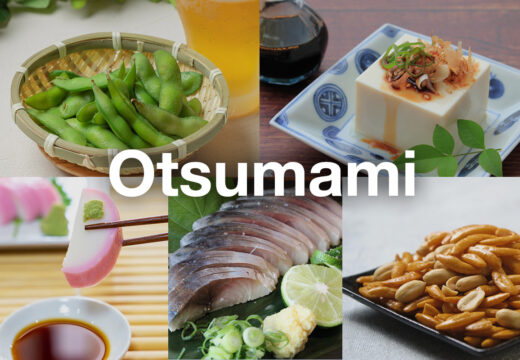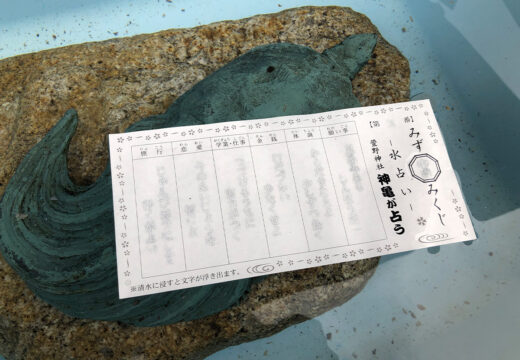Japanese souvenirs – I surveyed 100 of our Facebook friends!
Category: Tips

On my Facebook page, I surveyed my friends who are interested in Japan about what they would like to buy in Japan.
In total, 116 friends responded! Here are the results of what kind of Japanese souvenirs were popular, to help you on your trip.
If you have visited Japan before, what have you purchased?
Local products or handicrafts
One answer that often stood out was “locally made.”
Japan has a variety of traditional crafts in various regions.For example, Shiga Prefecture is famous for its “Shigaraki pottery”.
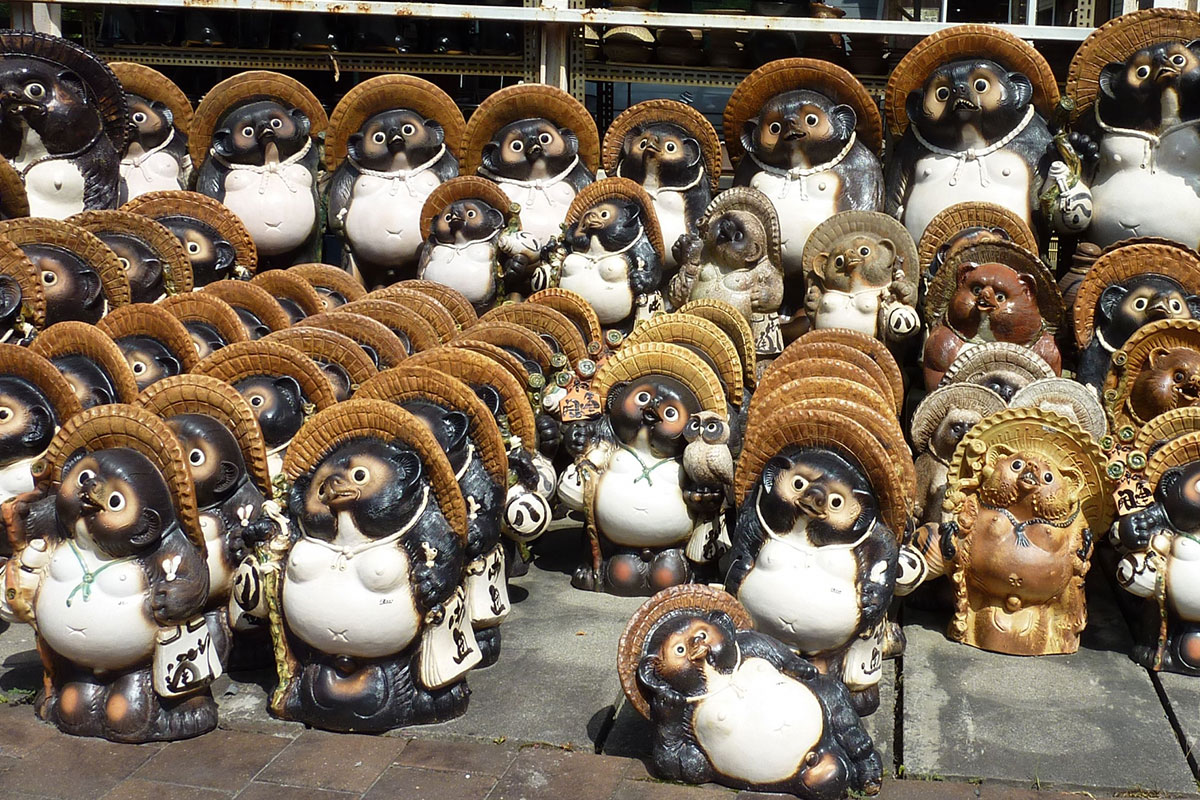
The beginnings of Shigaraki pottery date back 750 years. It is a craft technique that has been passed down through the generations.
In Kyoto, there is also a traditional craft called “Kyo-zogan”.
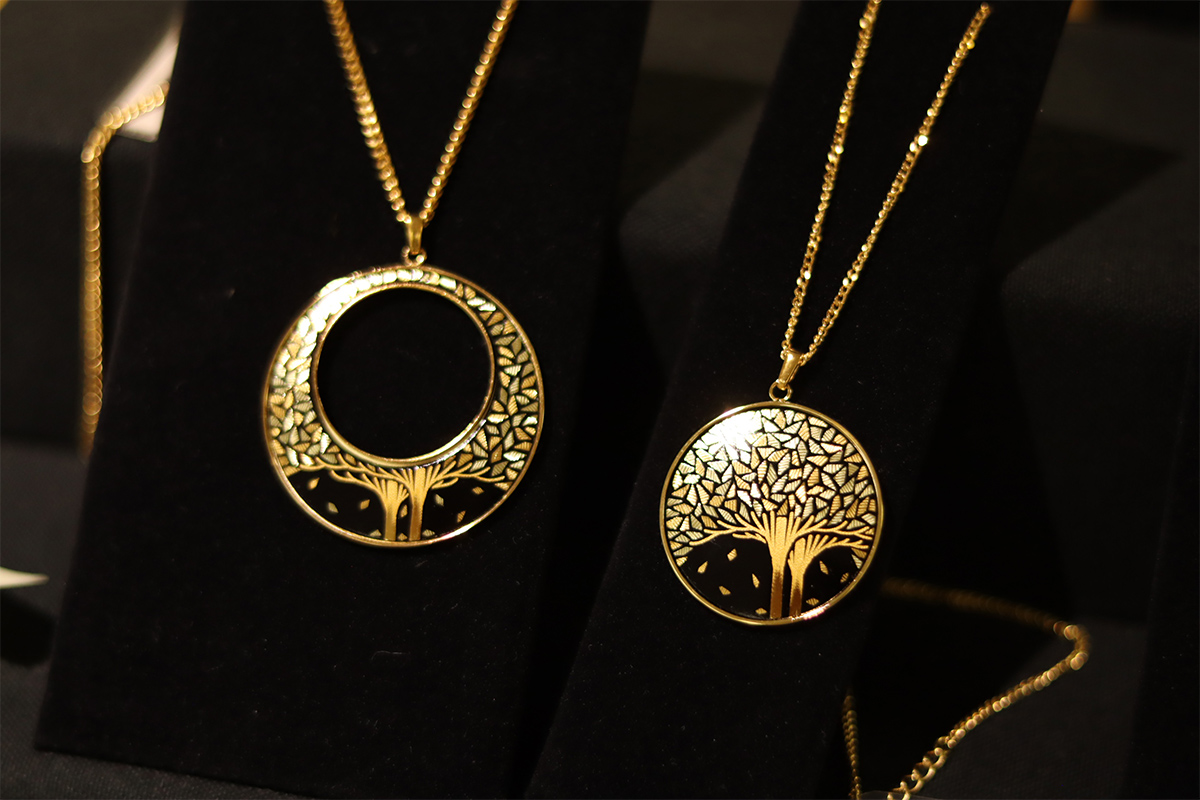
Kyo-zogan has a history of a whopping 1,200 years.
In Japan, there are many local specialties with a long history.
In addition to these, there are various household goods such as kitchen knives from Kochi and canvas products from Okayama, and in Nara Prefecture, where I went on a trip recently, there were many wooden goods made from cedar trees.
“Yosegi-zaiku”, with its beautiful geometric patterns, is a Hakone craft. It is world famous as a “puzzle box”.
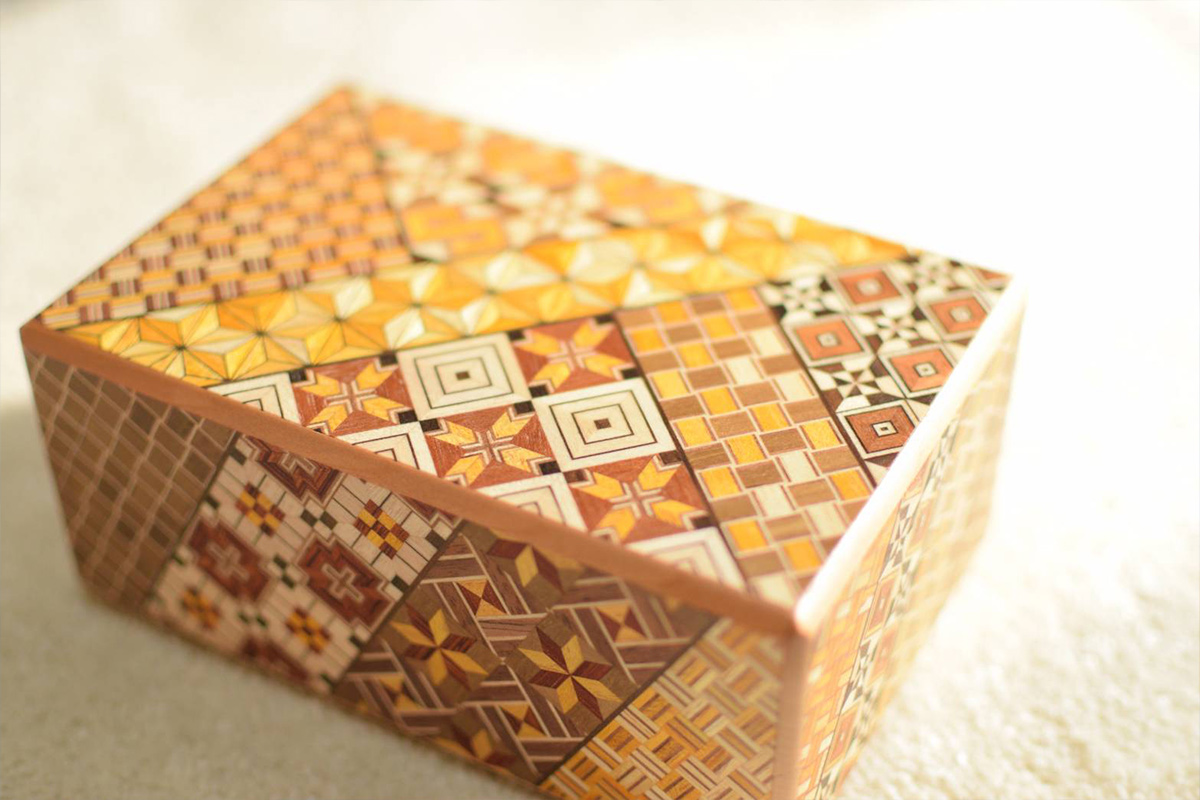
I will try to summarize the traditional crafts of the region in a future blog entry!
T-shirt,magnets
Here are the answers I saw most often: T-shirts and magnets.

I once spoke with a person who runs a souvenir shop who told me that T-shirts and magnets with “Kanji” on them are especially popular among foreign tourists.
A common Kanji is “侍”. It means Samurai.
I also have the impression that Kanji such as “愛(The Meaning of Love)” and “夢(The Meaning of Dreaam)” are often used.
Japanese confectionery
Be aware that many Japanese confectionery items do not last long. Here are some famous Japanese confectioneries that I know of.
Yatsuhashi
Yatsuhashi is a famous confectionery in Kyoto. There are two types: a soft rice cake-like type and a cookie-like type.
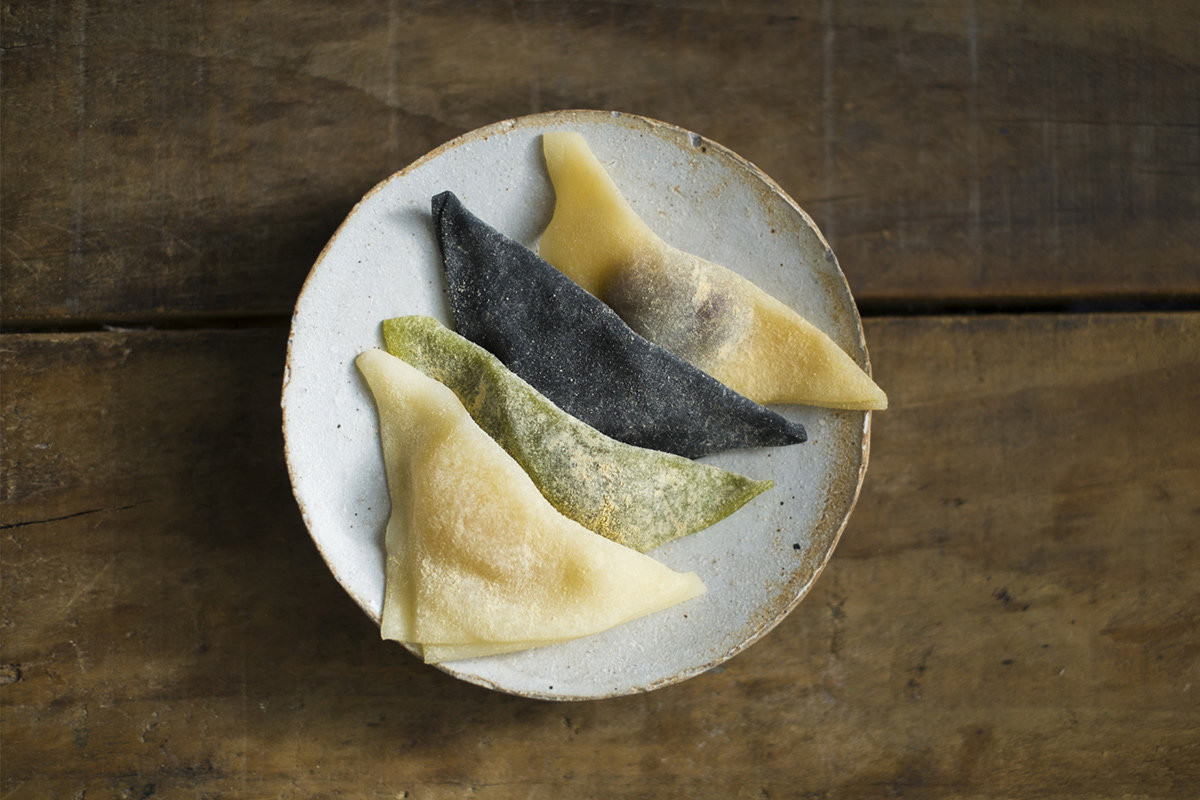
This is a rice cake-like type. It comes in a variety of flavors, such as cinnamoi, green tea, and chocolate.
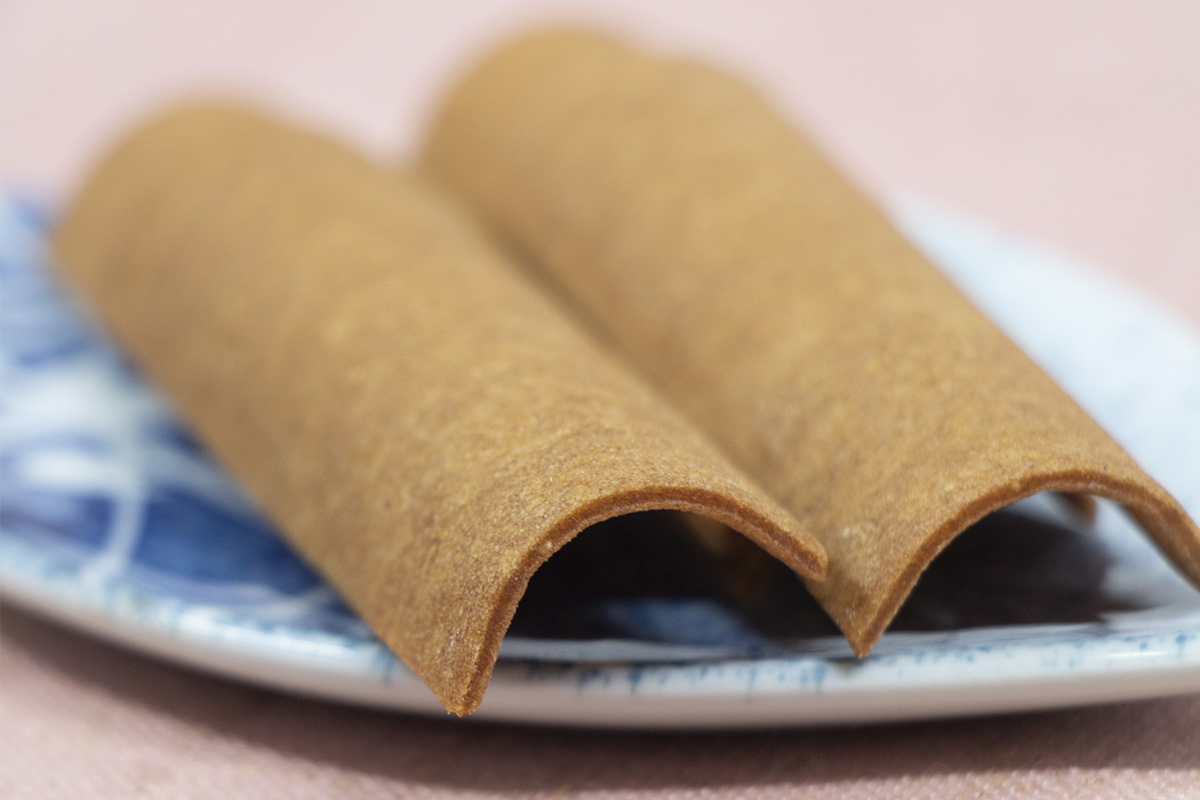
Here’s what looks like a cookie. It is crispy. The taste is generally cinnamon-like.
As for the shelf life, the rice cake-like type usually lasts about two weeks. Most baked types last for about 30 days.
Momiji manju
Hiroshima’s most famous confectionery is Momiji manju. It is made of sponge cake-like dough in the shape of autumn leaves and filled with red bean paste.
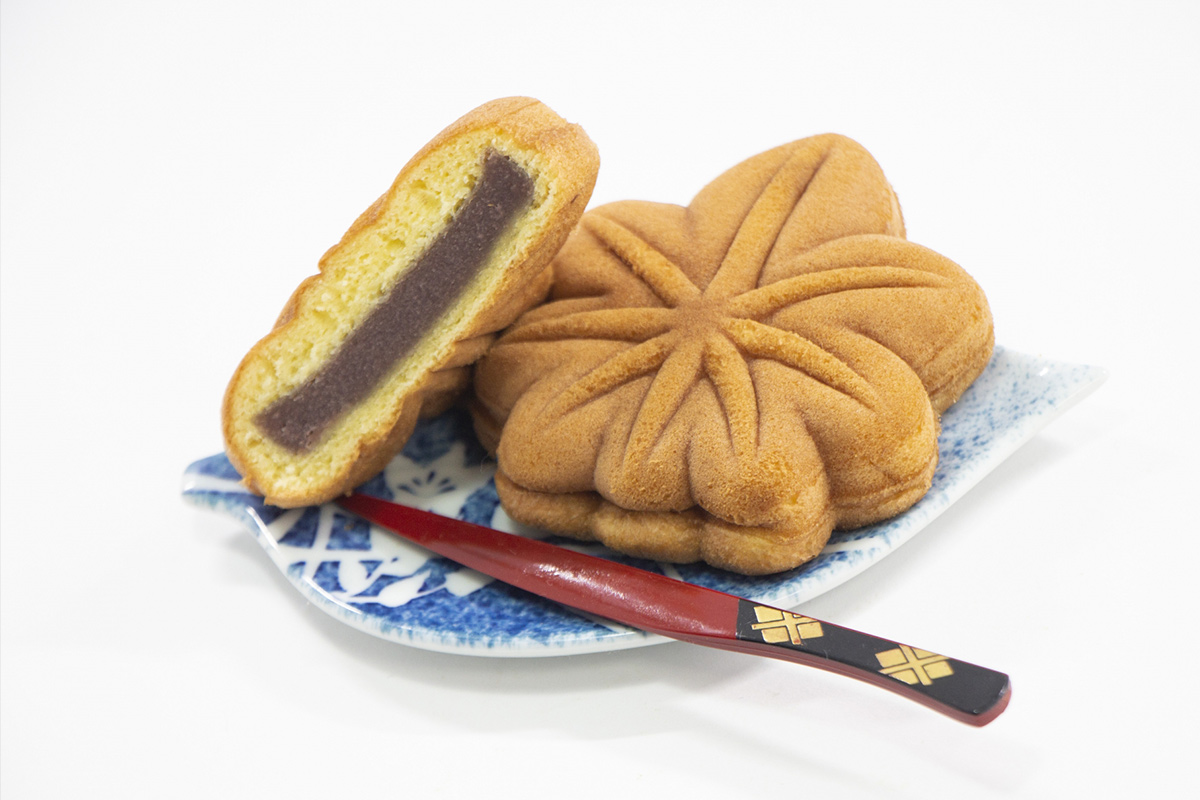
Momiji manju also comes in many flavors. Not only regular red bean paste, but also chocolate, green tea, and more.
Shelf life is usually about 14 days.
There are many famous regional confections, some of which have not been introduced so far, that I will blog about when I have a chance!
Cosmetics
This was also a fairly common response. Cosmetics!
Yes, some of them wrote “horse oil”. I was surprised at how well they know Japanese products.Horse oil shampoo and cosmetics, in fact, can sometimes be found in Japanese hotel baths.
It may not be the same as cosmetics, but I highly recommend “Kumano fude” for makeup brushes.It has a comfortable feel and seems to have fans all over the world.
Also available are cosmetics made with matcha (powdered green tea), rice and sake lees, and other uniquely Japanese cosmetics!
Gachapon
“Gachapon” is the Japanese term for a machine in which you put money in and turn a lever, and a random product comes out.
There is a huge amount of Gachapon at Akihabara station.
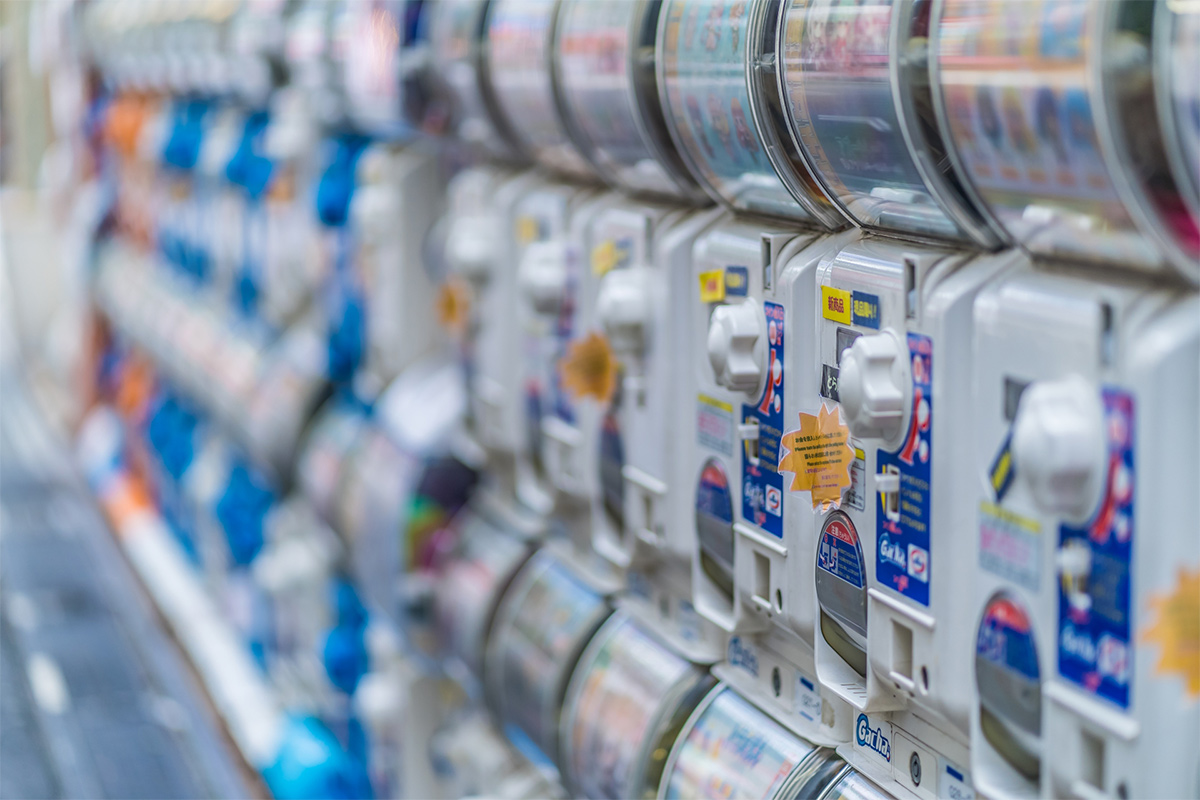
It is often seen at Osaka Station. They are often found at stations and on the streets of major tourist destinations.
Traditional towel
“Tenugui” is a traditional Japanese towel!
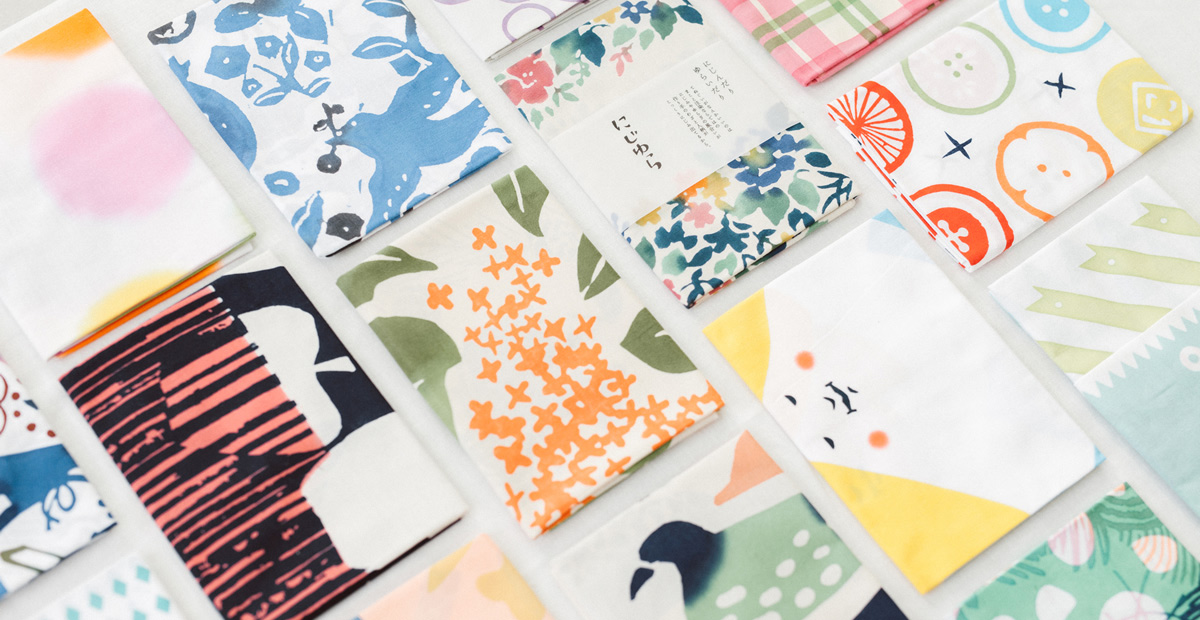
There are various theories, but it is said that it was used in ancient times as a ritual accessory. The material is characterized by being thin, lightweight, and easy to dry. This is another traditional Japanese craft.
Other responses included “anime figures,” “Sanrio,” “mug cups,” “SHIROI KOIBITO,” and “seasonings”.I will try to write another article featuring the souvenirs.
Check out our previous souvenir articles here!






